Rapid Application Development Software accelerates the process of creating software applications by focusing on quick iterations, user feedback, and an adaptive development process. It is ideal for projects requiring fast delivery while maintaining flexibility and scalability.
This category of software facilitates the development of applications through an iterative approach, allowing for quick adjustments based on user feedback. The flexibility in design and specification adjustments means developers can respond swiftly to changing business needs. Modern solutions emphasize collaboration between developers and end-users to streamline the development process and improve user satisfaction.
What are key features to consider?In industries like finance, healthcare, and retail, these solutions assist in swiftly delivering applications customized to specific business processes. Companies benefit from rapidly adapting to regulatory changes, customer feedback, and innovation demands.
This approach supports organizations by facilitating responsive and adaptive software development, enabling businesses to respond to market changes and user needs effectively. It enhances collaboration, reduces costs, and improves flexibility, making it a valuable tool for modern software delivery.
| Product | Market Share (%) |
|---|---|
| Microsoft Power Apps | 12.2% |
| ServiceNow | 9.8% |
| Appian | 7.8% |
| Other | 70.2% |



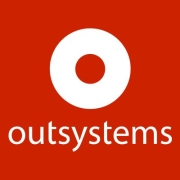






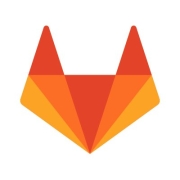

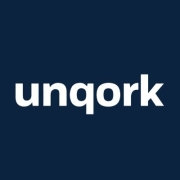



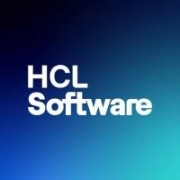






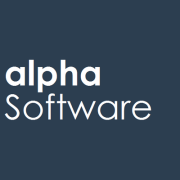
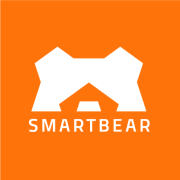





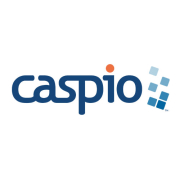



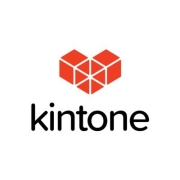


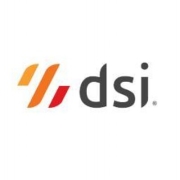







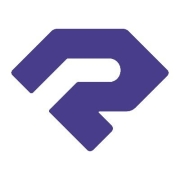







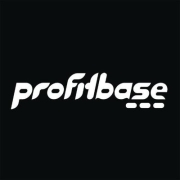
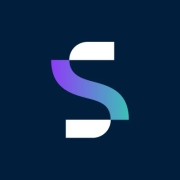

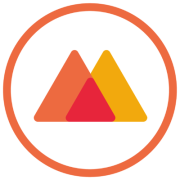




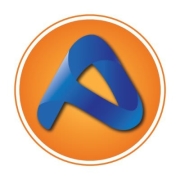
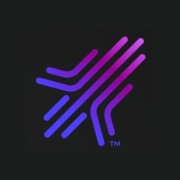
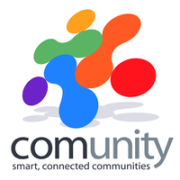
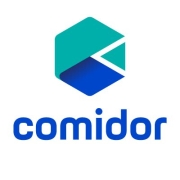

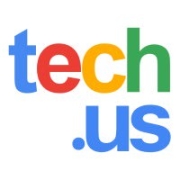

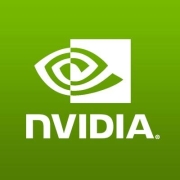







Rapid application development (RAD) tools are a class of tools that assist developers in creating both web- and mobile-based applications. They enable users to develop better applications more quickly than they would be able to if these tools were absent. RAD tools give developers the ability to move quickly without forcing them to create sub-standard applications.
RAD tools can take different forms. They can be pieces of developmental software, frameworks, other applications, or toolkits. These tools are often divided into different categories that reflect the development phase that that particular tool covers. The most flexible of these tools enable users to cover multiple phases at the same time. This gives users the ability to maximize their output while minimizing their costs.
Rapid application development is a multi-stepped process. It can be divided into 4 phases.
Rapid Application Development Software emphasizes adaptability and fast iteration, allowing you to quickly build prototypes and receive user feedback. This accelerates timelines by reducing lengthy planning phases and focusing on continuous user involvement. By using RAD, you can shorten time-to-market, making it ideal for dynamic industries where requirements shift rapidly.
What are the key features to look for in Rapid Application Development Software?When selecting Rapid Application Development Software, prioritize tools that offer visual development, drag-and-drop interfaces, and pre-built components for faster prototyping. Look for collaboration features that facilitate team communication and user feedback. Integration capabilities are vital to connect with existing systems, and scalability ensures future growth isn't hindered by technological constraints.
Can Rapid Application Development Software be used for large-scale projects?While traditionally leveraged for small to mid-sized projects, advances in Rapid Application Development Software now support large-scale applications efficiently. Key practices involve breaking down projects into smaller, manageable modules and maintaining continuous feedback loops with stakeholders. Additionally, enterprise-ready RAD tools offer scalability and robust security features necessary for larger deployments.
What industries benefit most from Rapid Application Development Software?Industries with rapidly changing environments, such as technology, finance, and healthcare, can greatly benefit from Rapid Application Development Software. These sectors often face evolving regulations and innovation needs, making the software's quick adaptation capabilities a crucial asset. By enabling swift adjustments to applications, RAD helps these industries maintain competitiveness and compliance.
How can you integrate Rapid Application Development Software with existing systems?To integrate Rapid Application Development Software with existing systems, prioritize tools that support open APIs and offer seamless integration capabilities. Ensure the software can communicate smoothly with legacy systems and consider middleware solutions to bridge potential compatibility gaps. Collaboration with IT teams is essential to tailor the integration process for specific business requirements.